I don’t know much about the Four Humours theory. All I remember is it’s some outdated way to “measure” someone’s personality based on the biles and liquids in their body, similar to Japan’s use of a person’s blood type to determine their behavior. It also had some confusing names to associate these biles, such as Choleric and Sanguine. For the sake of my fingers, I am just going to refer to their basic colors like Red, Yellow, White, and Black.
With a theme like this, the last thing I was expecting is a game about secret worker placement, bluffing, and deduction. Then again, we are an industry where a german mathematician designed an auction game about worshipping Egyptian gods and named it Ra, so I guess this is par for the course.
Since the Four Humours is based on medicine, that means doctors, and you are a doctor with ambitions. You want to be the most famous throughout the land, and that means traveling to several locations to rub shoulders with nobles, peasants, bards, knights, and witches. There are four goal cards in each game, and your job is to fulfill as many goal cards as you can, but the game will end when someone has achieved two goals. These goal cards are all related to the map, such as “occupy 6 regions” or “5 sites with exactly 1 token.”
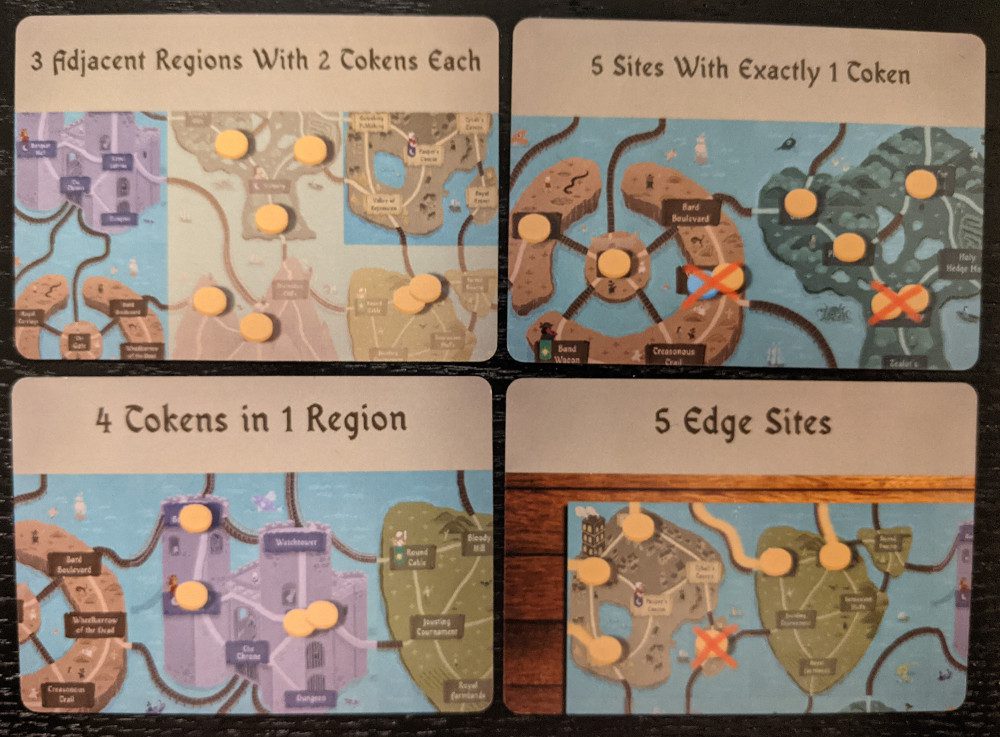
Rock Paper Sanguine
Each round, there will be four giant location cards. A location card refers to a particular point on the game’s map, which is randomly generated. If you win the location, you put a token on the map, highlighting your dominance.
The trick is that each location has several people that you need to influence, and they have different characteristics associated with the four humours. Knights use yellow and white, nobles use red and yellow, and so forth.
On your turn, you will place one of your tokens from your hand of four and pick a person. These tokens are one of the four humours, and to place a token on a person, the person’s humour must match what you are placing. Going back to the knight, you would either place a yellow or white token face down. Like any other worker placement game, only one person can claim a spot.
As an alternative, you can place your token on your personal Party boards. They are similar to locations with specific people, but they only activate after a player completes a goal card. Think of this as “soft-passing” when you don’t want to play a token on a location just yet. The third and final option is passing, where you draw four new tokens from the bag to have a new hand.
This will continue around the table until two location cards have all their characters filled. Reveal all the tokens, and there might be one winner or several.
Usually, this would be the part where I explain the different outcomes, but this game already comes with player aids to sum it up all. They say a picture is worth a thousand words, and I don’t feel like typing that many to describe this, so here’s a photo.

Outsmarting Your Friends
In short, this is a prisoner’s dilemma system, and I will outright admit that I am a little biased towards this. Being biased doesn’t mean relentless praising, and most games use this system as a mini-game to resolve conflicts. Four Humours is one of the few titles where the prisoner’s dilemma weaves itself into its mechanisms, creating a web so strong that Shelob herself would start taking notes.
For those who don’t know what prisoner’s dilemma is, it is a situation where two players are given options and the outcome depends on what the other person picked. Four Humours’ modified system involves multiple people and the results can benefit one or several players. Thanks to this open-ended structure, it means there are many ways to approach the problem.
One of the benefits of this is the lack of opening moves. Unlike typical strategy games, there are no “scripted” plays or formalities to go through. Any move is viable but what separates you from everyone else is your analysis of the situation. Conflict in Four Humours isn’t based on tactical maneuvers. Instead, it’s a clash of opposing perceptions.
I’ll confess and say this is a bit of a broad statement. However, each humour does represent a different viewpoint. The Yellow Bile represents aggression and ambition, great for people who want to take risks and thinks no one will dare challenge them. On the other side, you have Phlegm, or the white one, representing patience. It is “weak” since it is the last one checked, yet it is perfect for situations where you think everyone else in front of you is going to screw up. One can argue that these are simply tools for tactical play, and there is some truth that, yet they are also used to illustrate a player’s interpretation of a location card.
Tactical Manipulation
This isn’t to say tactical play isn’t important. Every token placed on a character is an investment, and like any other investment, sometimes they will pay off. Placing a token pushes a location to a certain outcome while shutting down other options, an important aspect in a chaotic game. Other times you want to place a token or two in a location to get a clearer picture or lock in a particular result.
Let’s say you see two characters with yellow humour in one location. One possible solution to this puzzle is to spend your first turn to place a yellow humour token on one of the characters and on your second turn, just put some random token on the other character to lock it out. Congrats, you secured the location. While I made it sound like this is an easy thing to do, this is a move almost everyone is going to notice.
Besides the token placement, you also have to pay careful attention to the locations. Every single location card is unique, whether it is the number of people available or their humours. Because of this setup, it means that every location feels like a puzzle, but a puzzle with many solutions. To give two examples, there are the Royal Bedchambers and the Bloody Hill. The Royal Bedchambers has two nobles, leading to the classic prisoner’s dilemma situation in its purest form. The Bloody Hill? Six people and all of them have yellow humour. The same yellow humour that you remove if there are two or more of them in a single location. Good luck solving that one. I still haven’t figured it out.
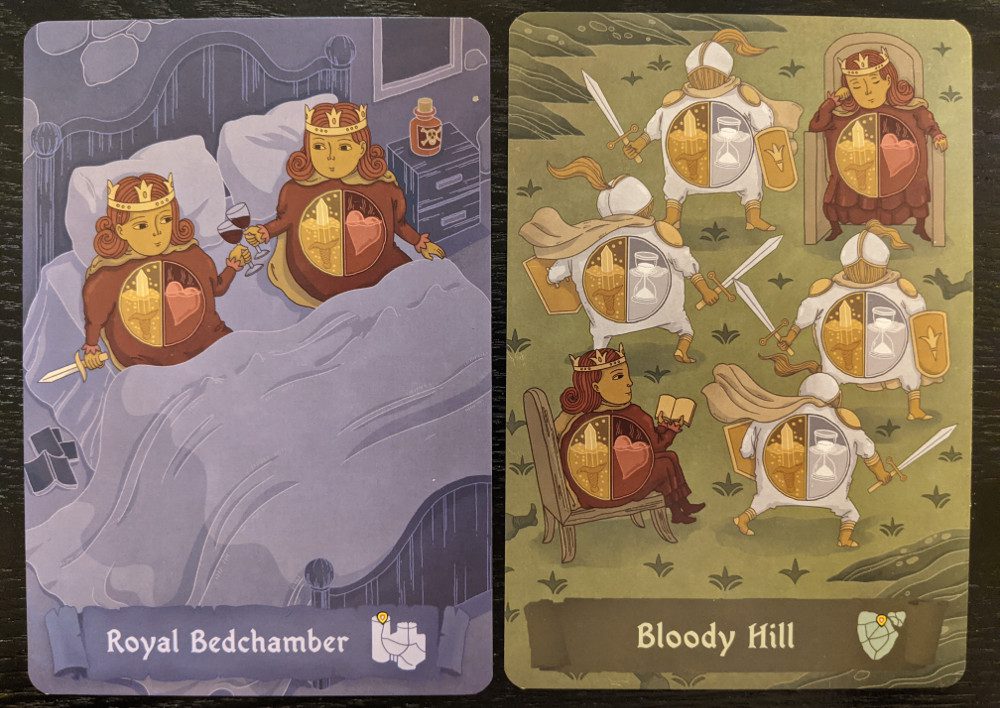
All of these mechanisms sound great on their own, but what organizes everything together like a marching band is the existence of the map and goals cards. You can’t win every location, so you must prioritize. You are going to look at the map, evaluate your positions, and decide what to go for. Sounds easy, until you realize that your information is also available for everyone else. All of a sudden, players are now starting to think of ways to mess with each other and leverage the public information. That Throne Room location card could help you fill a goal card, but everyone knows that, so do you focus your attention elsewhere? Do you place a token in the “strong” position of that location to throw everyone off? Or just go all in? The solution is never simple or direct and it’s going to involve all of your friends.
Uneven Downtime
Because of this, there will be some downtime between turns as players try to decipher this social riddle before placing a token. Usually, I would be annoyed with this. However, it’s fun to watch your friends mentally squirm their way through this community maze and see what their final decision will be.
This is not to say that I enjoy downtime. I am not a fan of games with prominent dead air between turns, and Four Humours can sometimes feel like it’s overextending itself. This is more noticeable with higher player counts such as 5 or 6 players. Even if it weren’t for the downtime, the game breaks down if you increase the body count. Since a round ends after filling two cards, the sixth player often has limited options to place their token, so they don’t feel like they are in control of the situation. To be blunt, I almost feel the higher player count is used more for marketing purposes than game design sense.
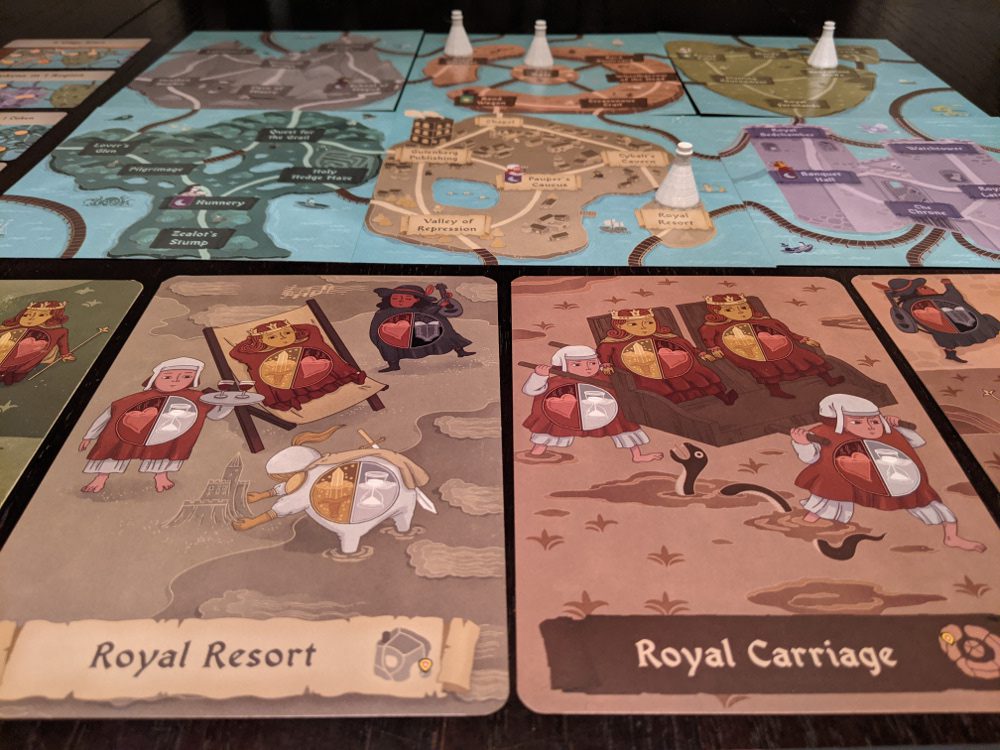
There is also an alternative game mode called Fiefdom where you are trying to “win” specific people to fill your grid. I haven’t played it, so I can’t make any judgment calls on it, but it’s nice to see extra content while keeping the game at a reasonable price.
Despite the problems over the player scaling and downtime, this is one of the best board game implementations of prisoner’s dilemma. It’s an original system that works well, leading to a provocative decision space that rivals even some of the more “complex” games I have played. It’s a gateway experience focused on figuring out your friends, and it’s going to take one hell of a game to beat this one in that area.





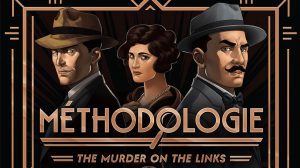
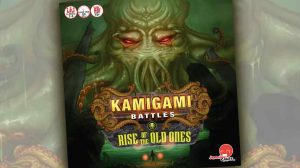




Add Comment